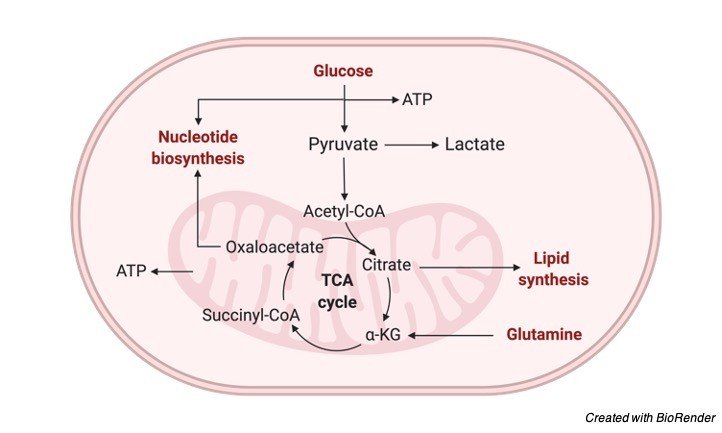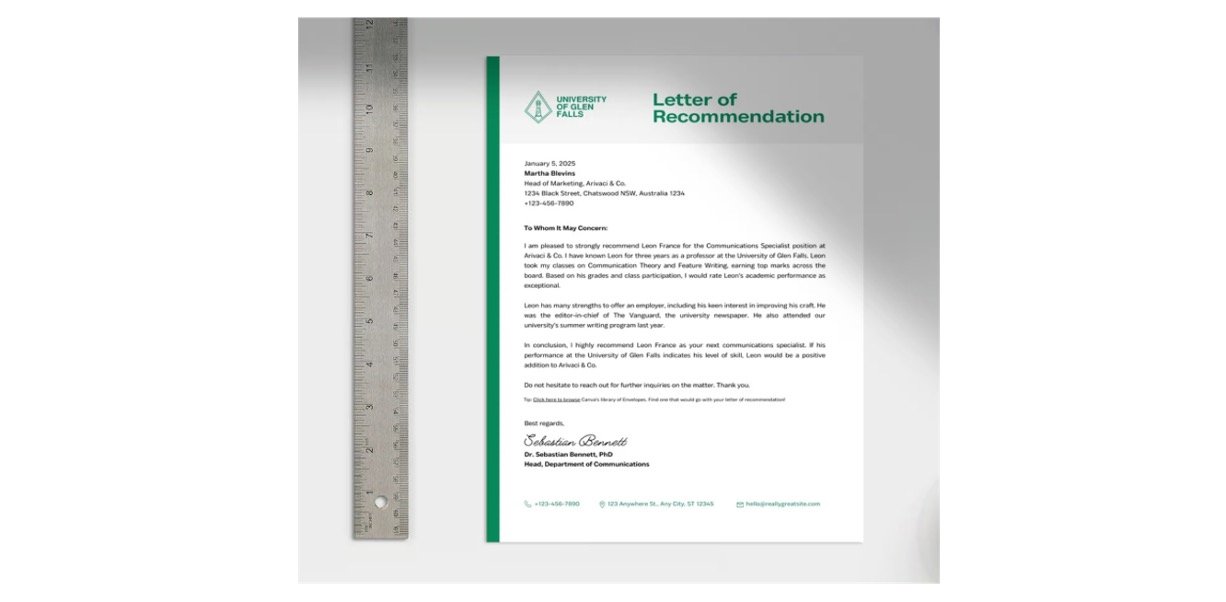About Glucose Oxidation Respiratory Balance Sheet
Respiratory balance sheet is a mathematical calculation of net ATP produced by cellular respiration during glucose oxidation which includes Glycolysis, Krebs Cycle and Oxidative Phosphorylation under aerobic condition utilizing one glucose molecule.
Features of Glucose Oxidation Respiratory Balance Sheet
Certain assumptions were considered while forming the balance sheet:
1. For an oxidizing Glucose molecule, it must follow the cellular respiration process in a sequence such that glucose must follow every step of glycolysis to form 2 molecules of pyruvate.
Pyruvate must enter Krebs Cycle to produce reducing equivalents.
The reducing equivalents from Glycolysis and Krebs cycle must enter Electron Transport Chain where they get converted into ATP.

2. Reducing equivalents such as the NADH must carried to Electron Transport Chain in mitochondria
3. The intermediates formed during the oxidization of glucose should not participate in any biosynthesis process to form other products such as Amino acids, Purines pyrimidines or porphyrins.
4. The cellular respiratory substrate must only be GLUCOSE other substrates must not be considered.
Considering the dynamic nature of our cell and living system the above assumptions do not apply practically for a working cell. The balance sheet assumptions are theoretically accepted and followed.
Glucose Oxidation Respiratory Balance Sheet
When NADH produces 3 ATP and FADH2 produces 2 ATP
| Respiration Process | Direct Synthesis | In ETC | ATP Consumed | Net Gain |
| NADH+FADH2 | ||||
| Glycolysis | 4 | 6+Nil | 2 | 8 |
| Krebs Cycle | 3 | 18+4 | Nil | 24 |
| Acetyl CoA Formation | Nil | 6+Nil | Nil | 6 |
| Total Gain | 6 | 30+4 | -2 | 38 |
When NADH produces 2.5 ATP and FADH2 produces 1.5 ATP
| Respiration Process | Direct Synthesis | In ETC | ATP Consumed | Net Gain |
| NADH+FADH2 | ||||
| Glycolysis | 4 | 5+Nil | 2 | 7 |
| Krebs Cycle | 2 | 15+3 | Nil | 20 |
| Acetyl CoA Formation | Nil | 5+Nil | Nil | 5 |
| Total Gain | 6 | 25+3 | -2 | 32 |
Under Anaerobic respiration, the pyruvic acid converts to lactic acid producing only 6 ATP.
The list of reactions which produced direct ATP synthesis and reduced equivalents are given below:
Glucose Oxidation: Glycolysis
1. Glyceraldehyde 3 Phosphate + NAD → 1,3 – diphosphoglycerate + NADH
Enzyme: Glyceraldehyde – 3 phosphate dehydrogenases
2. 1,3 diphosphoglycerate +ADP + Pi → 3 – phosphoglycerate + ATP
Enzyme: Phosphoglycerate Kinase
3. Phosphoenol pyruvate + ADP + Pi → Pyruvate + ATP
Enzyme: Pyruvate Kinase
These 3 reactions take place twice therefore they produce 4 ATP + 2 NADPH = 4 + 2 (3) = 10
Two other reaction consumes ATP
1. Glucose + ATP → Glucose 6 phosphate + ADP + Pi
Enzyme: Hexokinase
2. Fructose 6 Phosphate + ATP → Fructose1,6 diphosphate + ADP + Pi
Enzyme: Phosphofructokinase
ATP consumed is 2. Therefore, Glycolysis as a whole provides 8 ATP.
Under Anaerobic condition:
2Pyruvate + 2NAD → 2Lactate/ethanol + 2NADH → 6 ATP
Glucose Oxidation: Citric Acid Cycle
1. 2 Pyruvate + 2 NAD → 2 Acetyl Co – A + 2 NADH
Enzyme: Pyruvate Dehydrogenase
2. 2 Isocitrate + 2 NAD → 2 Oxalosuccinate + 2 NADH
Enzyme: Isocitrate Dehydrogenase
3. 2 α – ketoglutarate + 2 NAD → 2 Succinyl Co – A + 2 NADH
Enzyme: α – ketoglutarate Dehydrogenase
4. 2 Succinyl Co – A + 2GDP + 2Pi → 2 Succinate + 2GTP
Enzyme: Succinate Thiokinase
5. 2 Succinate + 2FAD → 2Fumarate + 2FADH2
Enzyme: Succinate Dehydrogenase
6. 2 Malate + 2 NAD → 2 oxaloacetate + 2 NADH
Enzyme: Malate Dehydrogenase
2 pyruvate molecules undergo complete oxidation and provide 30 ATP molecules.
Glucose Oxidation Citations
- Respiratory metabolism: glycolysis, the TCA cycle and mitochondrial electron transport. Curr Opin Plant Biol . 2004 Jun;7(3):254-61.
- The effect of selenium-deficiency on rat fat-cell glucose oxidation. Biochem J . 1983 Aug 15;214(2):471-7.
- Ascorbic acid and glucose oxidation by ultraviolet A-generated oxygen free radicals. Invest Ophthalmol Vis Sci . 1996 Jul;37(8):1549-56.
Share









